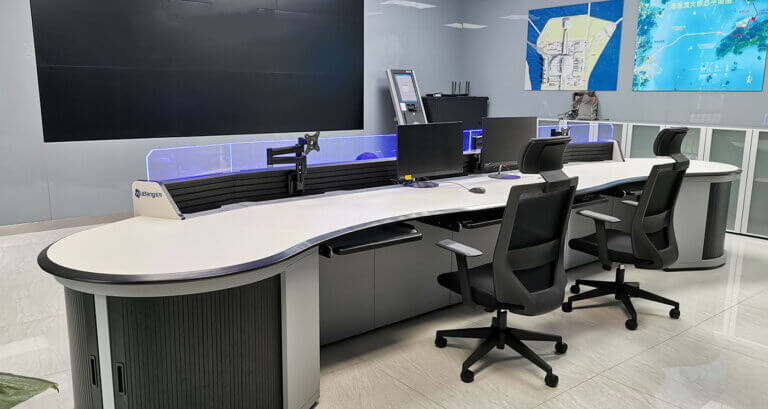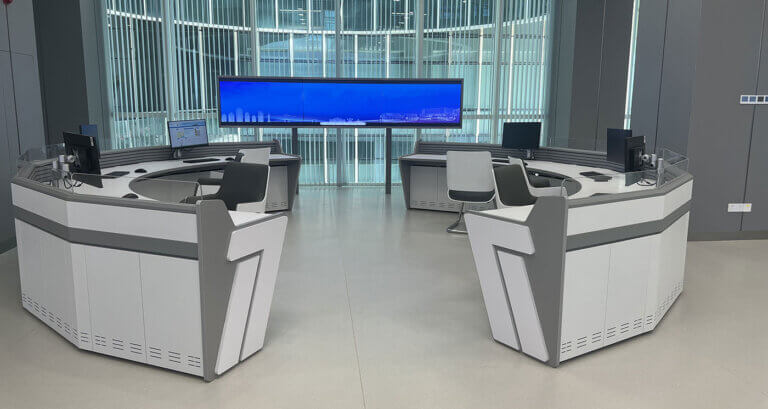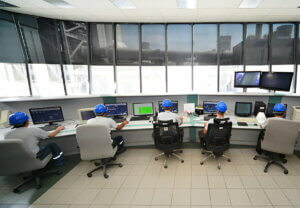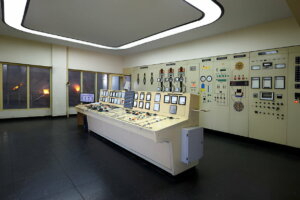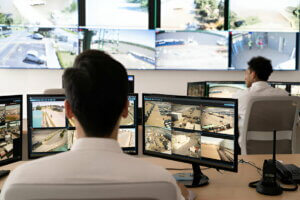Designing a control room can be a complex process, but one of the essential elements of the design is the control room tables. The control room table is where the operators will be sitting and working, so the tables must be ergonomic, functional, and durable. This blog post will discuss how to design your control room tables to ensure they meet the operators’ and the control room’s requirements.

Consider the Ergonomic design
The first step in designing your control room tables is to consider the ergonomics of the table. The table should be comfortable for the operators, with enough legroom to sit comfortably for long periods. The table should also be designed to reduce glare, to prevent eye strain and fatigue.
Think about the Functionality
Functionality is also an essential aspect of control room table design. The table should have enough space for the operators to have all the necessary equipment and tools within reach, so they can easily access and use them. The table should also be designed to allow for easy cable management so that the cables and wires do not interfere with the operator’s work or create a tripping hazard.
The Durability of your control room tables
Durability is also an essential factor to consider when designing control room tables. The tables should be made of high-quality materials that can withstand the demanding conditions of the control room, including heat, humidity, and vibration. The tables should also be designed to be easily cleaned and maintained to ensure they continue to function correctly over time.
The customization
Another aspect to consider is the customization of the control room table. The table should be designed to meet the specific needs of the operators and the control room, such as the type of equipment that will be used, the number of operators, and the overall layout of the control room.
Consider the size and shape of the table
Finally, considering the size and shape of the table, it should be able to accommodate the number of operators that will be using it. Still, it also should be able to be adjusted to fit the available space in the control room.
In conclusion
Designing control room tables requires ergonomics, functionality, durability, customization, and size consideration. By carefully designing the control room tables, you can ensure that the operators are comfortable and productive and that the control room meets the requirements of the operators and the facility.

